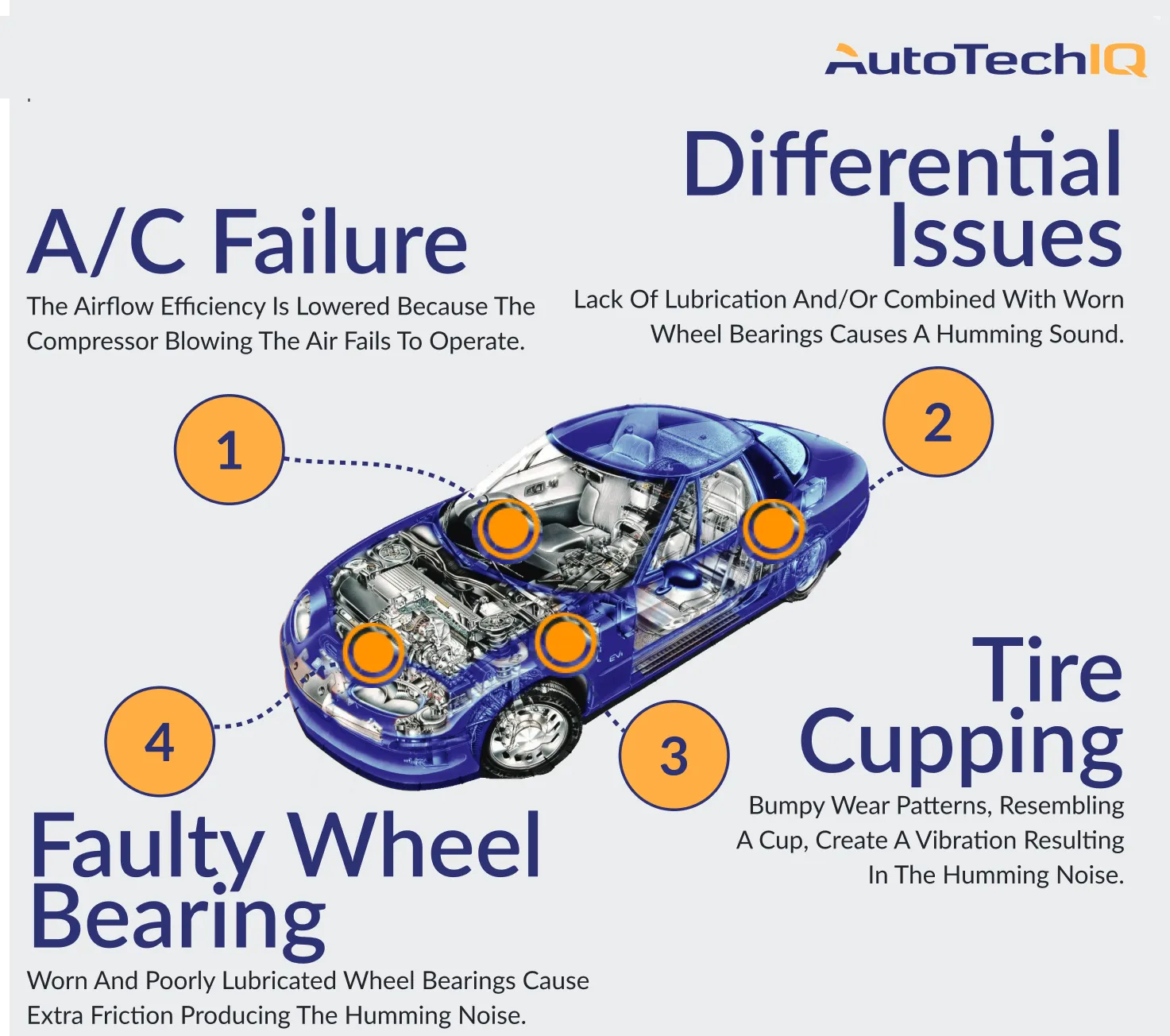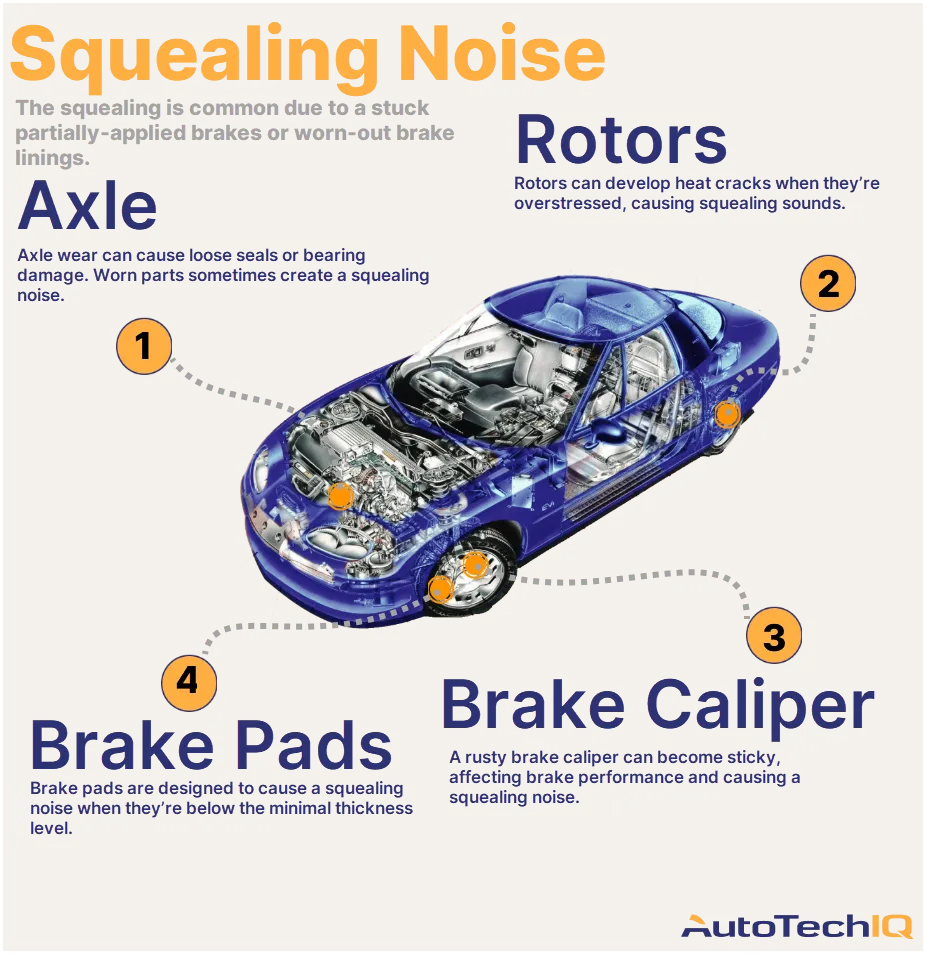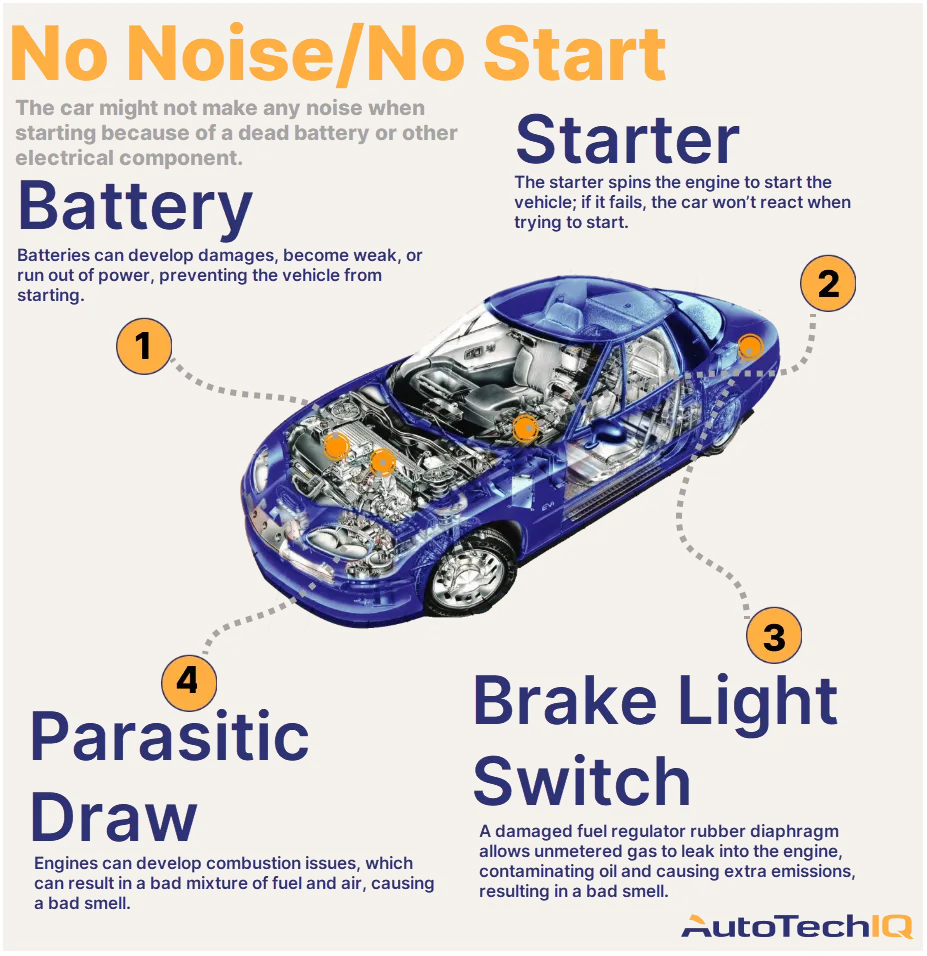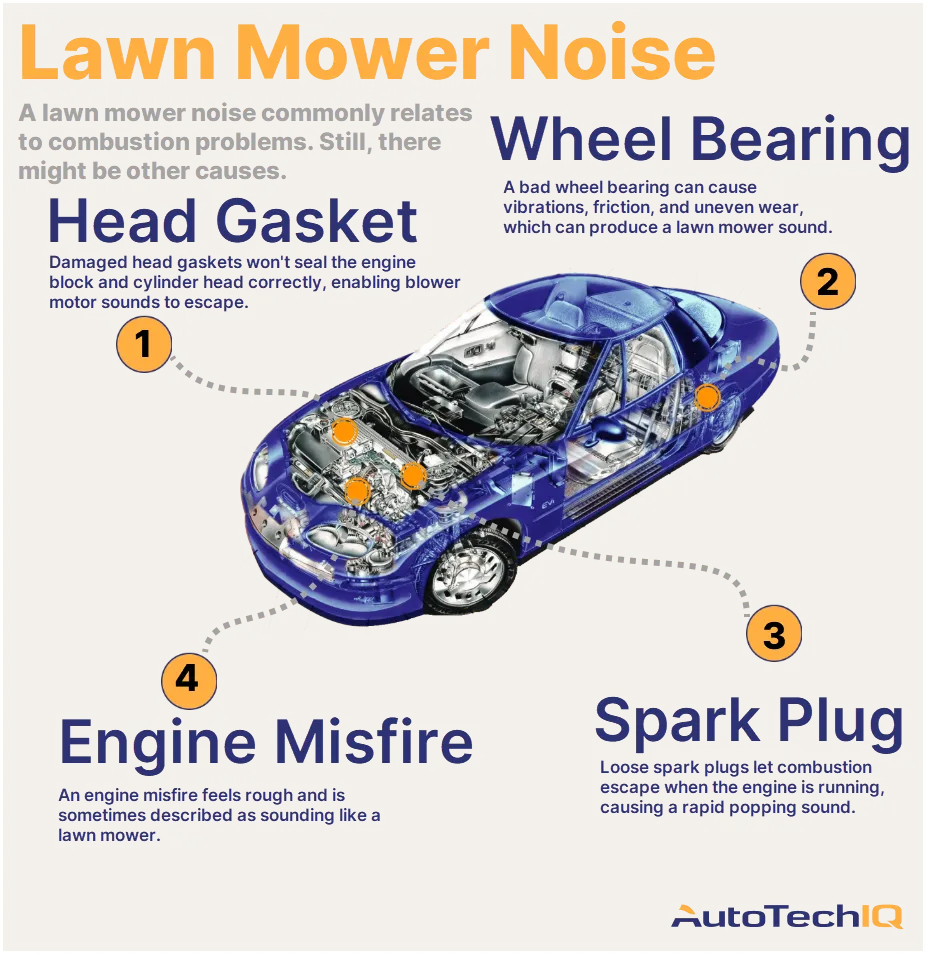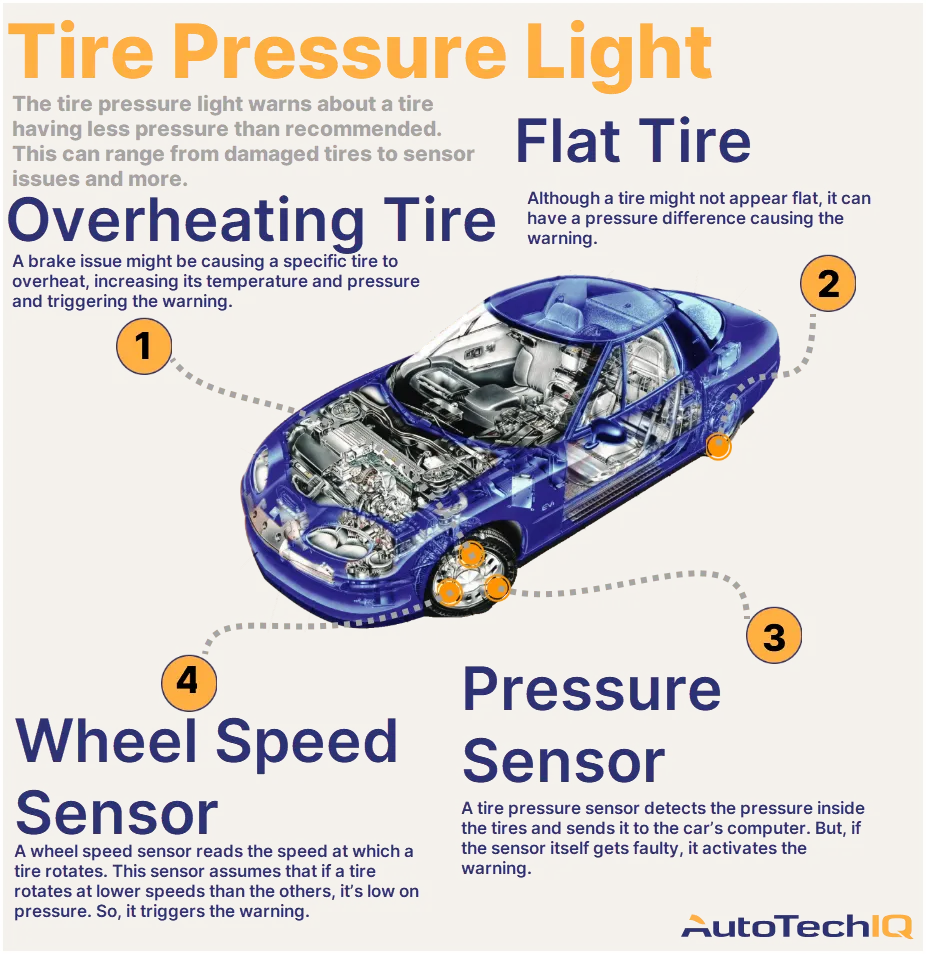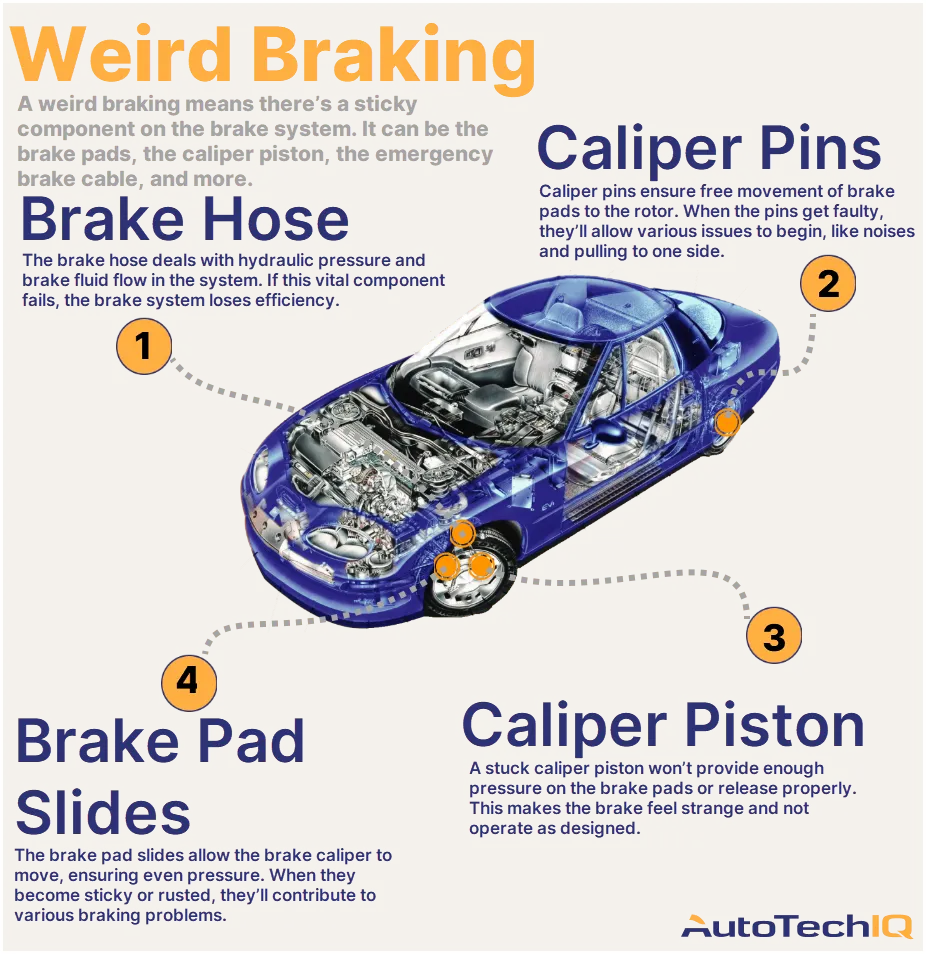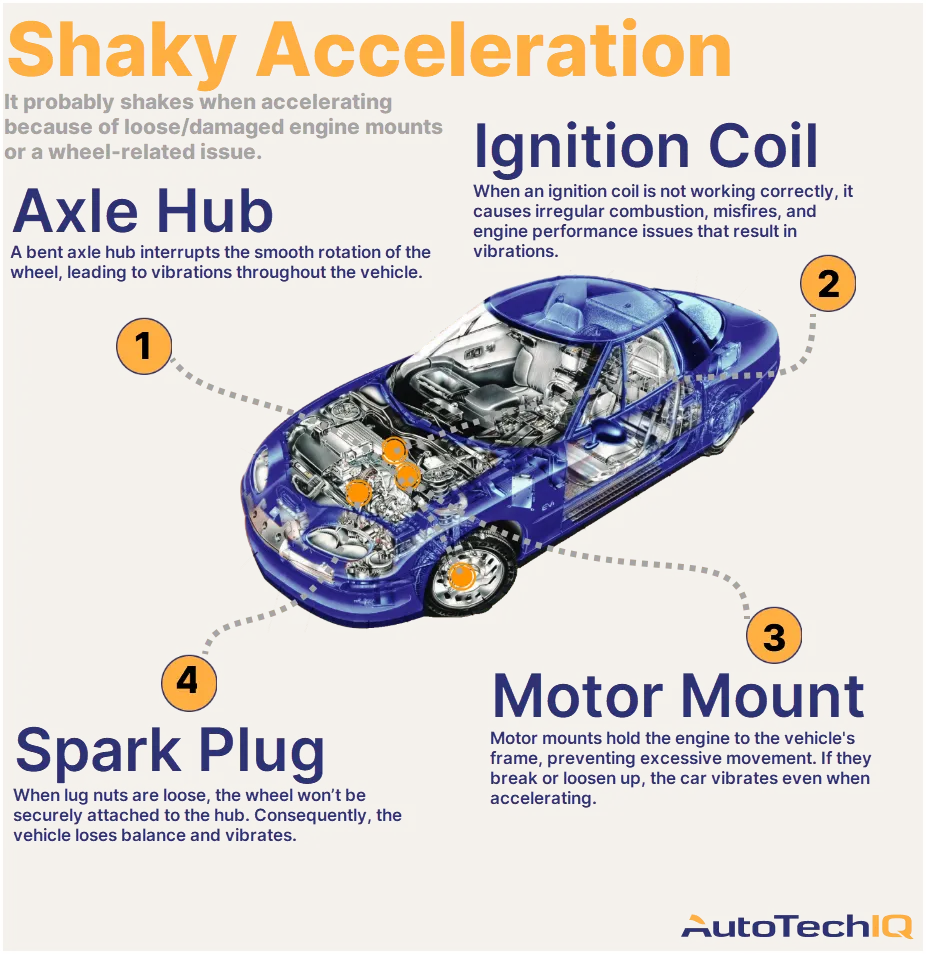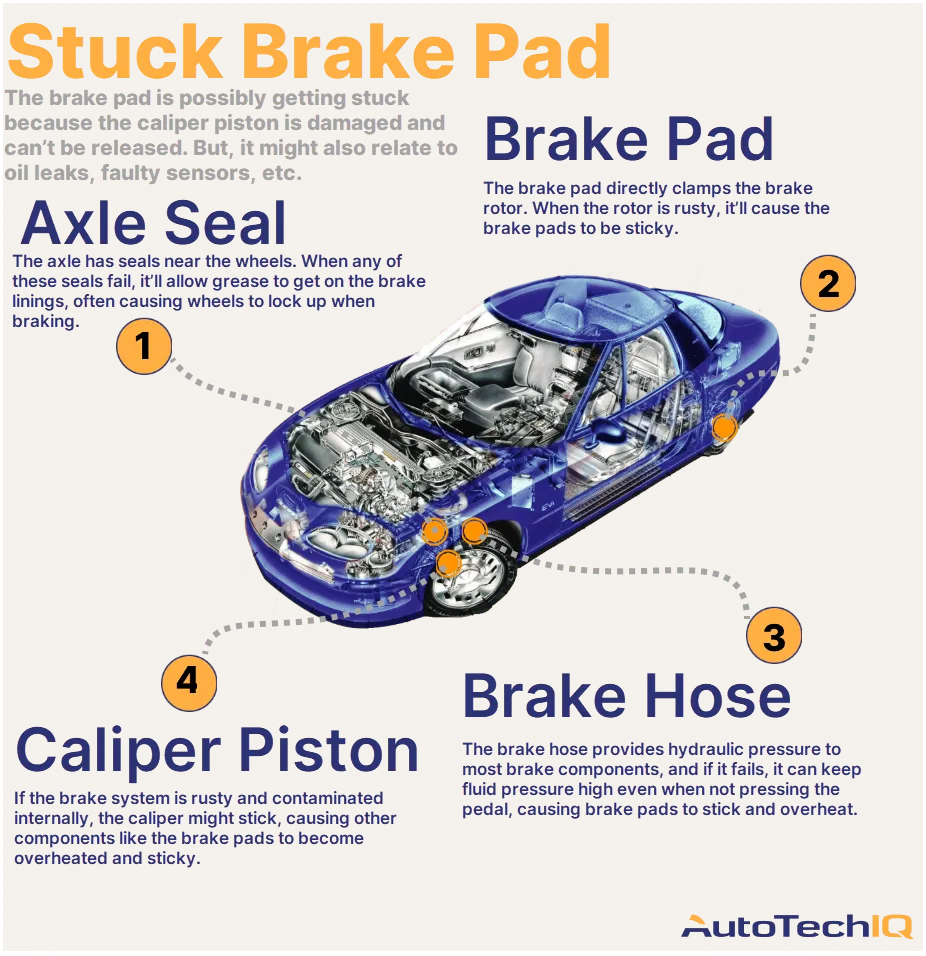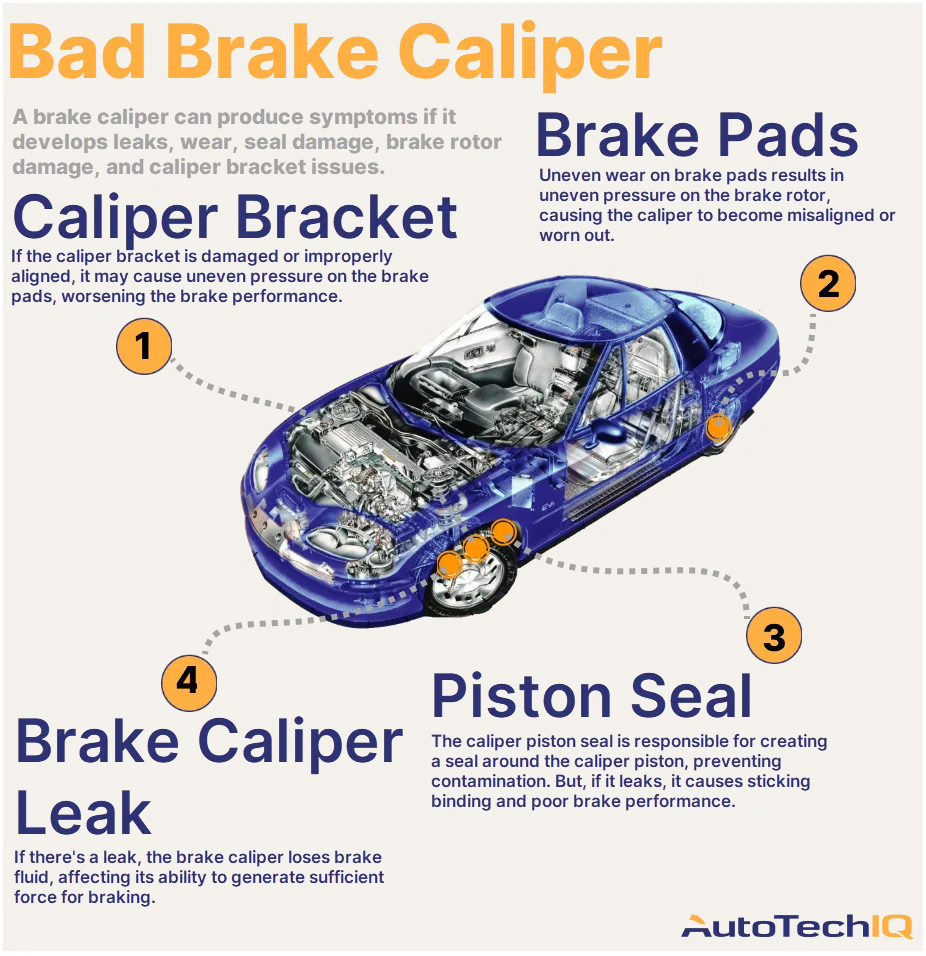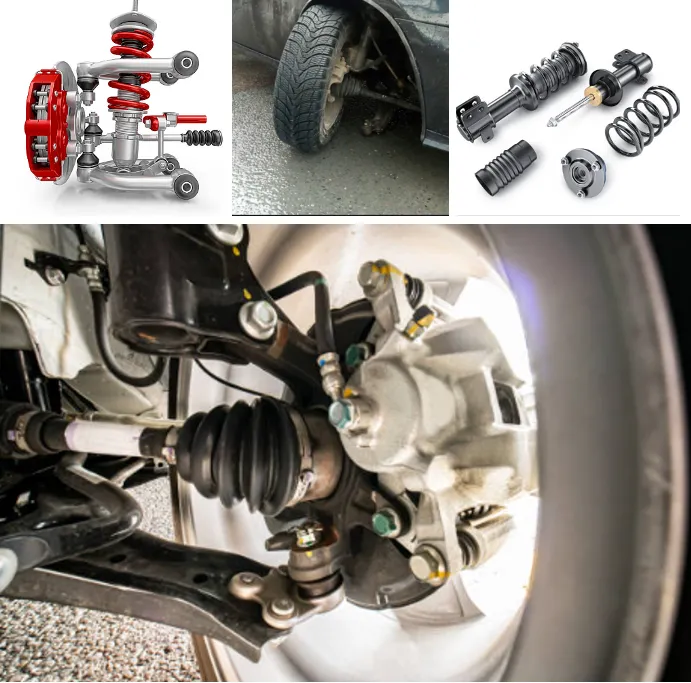
A car suspension is an important part of a car’s chassis; it consists of many parts and functions as a connection between the car body and the road surface.
The car suspension is responsible for safety and comfort while driving, ensures a smooth ride of the car, stabilization when maneuvering in corners, and smoothes out the passage of uneven roads. That is why the car suspension must be carefully monitored and kept in good condition. Constant use of the car exposes the suspension to large mechanical loads, some parts of the suspension wear out and fail.
Main components of a car suspension
- Shock absorbers
- Levers
- Hinges
- Stabilizers
- Silent blocks
- Traction.
If during movement you hear extraneous sounds such as knocking, crunching, or vibration. While driving, the car pulls to the side. In this case, you need to contact a service station to diagnose the car suspension.
The main causes of suspension malfunction
- Wear of ball joints and wheel bearings
- Destruction of the steering knuckle
- Deformation of suspension arms
- Failure of shock absorbers
- Destruction of the spring
- Rear axle offset
- Loss of performance of the compression buffer, bushings, silent blocks
Features of Front Suspension Repair
Most often, replacement of CV joint boots, ball joints, silent blocks, springs, shock absorbers or wheel alignment adjustment is required.
When replacing front shock absorbers, it should be taken into account that they are replaced in pairs, and at the same time new mounting bolts and rubber seals are installed.
If it is discovered that the structure of the springs is damaged, they must be replaced, but, unlike shock absorbers, it is not necessary to change both at once, but only the damaged one.
Loose fastenings should be tightened with the obligatory replacement of bushings and rubber cushions.
If damage is detected on the boot, the CV joint is dismantled, washed and again protected with a whole boot filled with lubricant. But if the car has been operated for a long time with a torn boot, it is better to immediately change the CV joint.
The detected play in the CV joint or ball joint indicates that they need to be changed, and with them the consumables.
A deformed suspension arm cannot be repaired. It is also changed if the pressed ball joint fails.
Features of rear suspension repair
If there is a problem with the rear suspension, it is also most often necessary to replace worn springs or springs if the car is equipped with leaf spring suspension. Springs or springs often fail due to overload in the cargo compartment of the vehicle; for longer operation of these parts, the load recommended by the manufacturer should be observed. When a spring breaks, very often one leaf breaks - in this case, if the total mileage of the car is small, it is possible to replace the broken leaf of the spring. With this repair method, the remaining leaf springs are very carefully checked to identify microcracks.
Also, when repairing the rear suspension, damaged parts are replaced: shock absorbers, springs, bearings. If the rear axle beam is damaged, it is dismantled and replaced with a new one; when dismantling, it is necessary to remove the rear wheels. In jet rods, the most vulnerable point is the rubber bushings. If there is slight deformation of the lever stabilizer itself, straightening it is acceptable, but if serious damage and distortion occurs, replacement is required.


